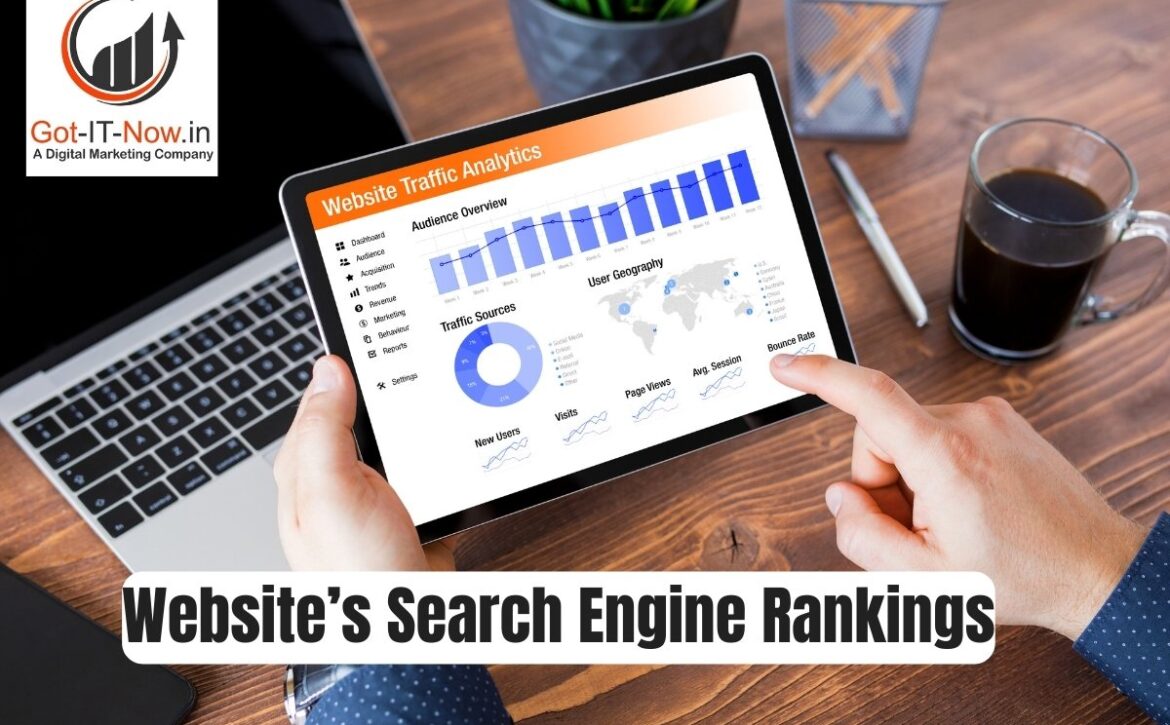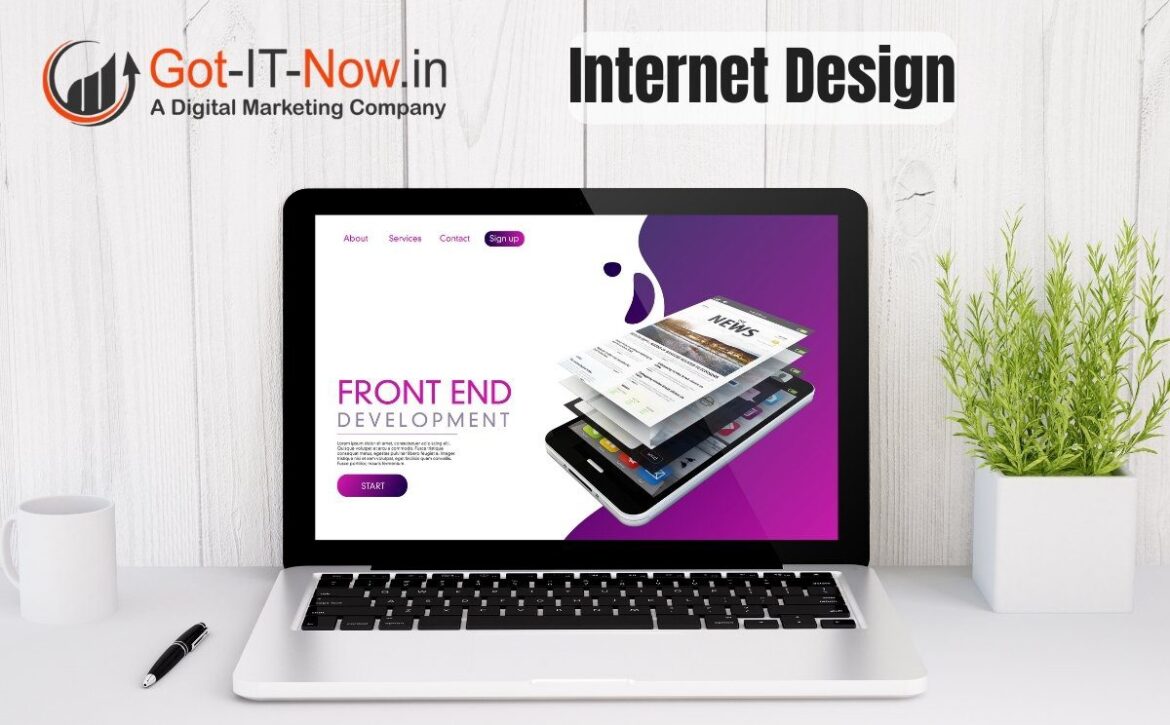5 Ways To Improve Your Website Design
5 Ways To Improve Your Website Design
Your website is one of the most important tools in your marketing arsenal. It’s often the first thing potential customers will see when they search for your business, and it’s a great way to showcase what you have to offer. So, how can you make sure your website is up to par? By following these five simple tips, you can improve your website design and make a lasting impression on your visitors.
Keep your website design simple and clean.
Your website design should be simple and clean to ensure that visitors can easily navigate your site and find the information they are looking for. Avoid clutter and unnecessary graphics, which can be distracting and make your site appear unprofessional. Stick to a simple color scheme and layout that is easy on the eyes, and avoid using too many fonts or font sizes.
Use high-quality images and videos.
It’s no secret that high-quality visuals are key to an effective website design. The right images and videos can help you communicate your brand message, engage your audience, and even improve your SEO.
While there are countless ways to find and use high-quality visuals, here are a few tips to get you started:
1. Use high-resolution images.
2. Make sure your images are relevant to your content.
3. Use unique visuals that will grab attention.
4. Consider using video content to enhance your site.
5. Optimize your visuals for faster loading times.
Make sure your website is responsive.
1. Make sure your website is responsive.
If you want people to stick around on your website, you need to make sure it’s easy to use and navigate on all devices. A responsive design will adjust itself to fit the screen size of any device, making it easy for visitors to find what they’re looking for no matter how they’re accessing your site.
2. Use high-quality images and videos.
People are visual creatures, so incorporating beautiful imagery into your website design is a must. But don’t just use any old photos or videos—make sure they’re high quality and add value to your content. Otherwise, you risk turning people off with grainy or irrelevant visuals.
3. Keep things simple and organized.
When it comes to web design, less is definitely more. You don’t want to overload visitors with too much information or overwhelming them with complex navigation. Stick to the basics and organize your content in a way that makes sense—this will help keep people engaged and coming back for more.
Use effective typography.
1. Use effective typography – Typography is one of the most important aspects of web design and can make or break a website. Be sure to choose fonts that are easy to read and offer a good user experience.
2. Use color wisely – Color can be a great way to add visual interest to your website, but it should be used wisely. Be sure to choose colors that complement each other and offer a good contrast.
3. Use whitespace effectively – Whitespace is an important part of web design and can help to create a feeling of openness and spaciousness. Be sure to use it effectively so that your website doesn’t feel cluttered.
4. Keep your layout simple – A simple layout is often the best choice for a website as it can help to keep things organized and easy to navigate. Be sure to avoid complex layouts that may be confusing for users.
5. Use responsive design – Responsive design is essential for modern websites as it ensures that your site will look good on all devices, from desktop computers to mobile phones. Be sure to use responsive design so that your site can be accessed by everyone.
Optimize your website for search engines.
1. Optimize your website for search engines.
If you want your website to be successful, you need to make sure it is optimized for search engines. There are a few things you can do to make sure your site is as visible as possible to Google and other search engines.
First, choose your keywords carefully. These are the words or phrases that potential customers will use to find your site. Do some research to find out which keywords are most popular in your industry, and then use those keywords throughout your site, including in the title, in the text, and in the tags.
Second, create compelling content that includes those keywords. Write blog posts that answer common questions customers have, or provide helpful tips related to your products or services. The more informative and interesting your content is, the more likely people are to find it when they search for related terms.
Third, promote your website through social media and other online channels. Make sure your website’s URL is included on all of your company’s social media profiles, and consider running ads on popular websites or directories that feature businesses in your industry.
By taking these steps, you can help ensure that potential customers will be able to find your website when they conduct a search online.





